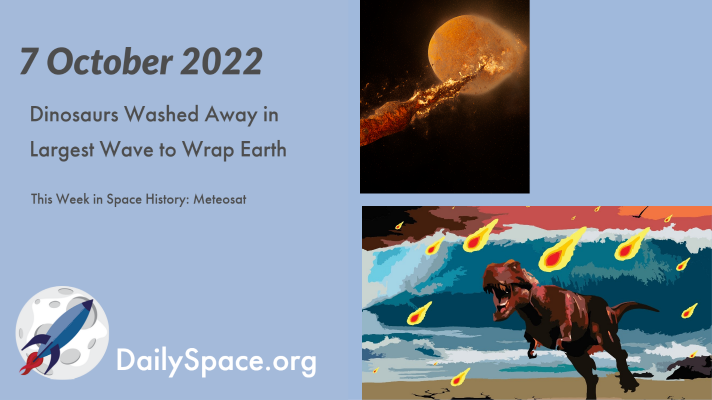
Oct 8, 2022 | Asteroids, Daily Space, Earth, Milky Way, Moon, Space History, Spacecraft
As if getting set on fire and tossed into space wasn’t enough, new research finds evidence that after the Chicxulub impact, dinosaurs were also the victims of a massive global tsunami and worldwide earthquakes. Plus, the Milky Way’s stellar graveyard, a new timeline for the Moon’s formation, and this week in space history, we look back at the Meteosat program.
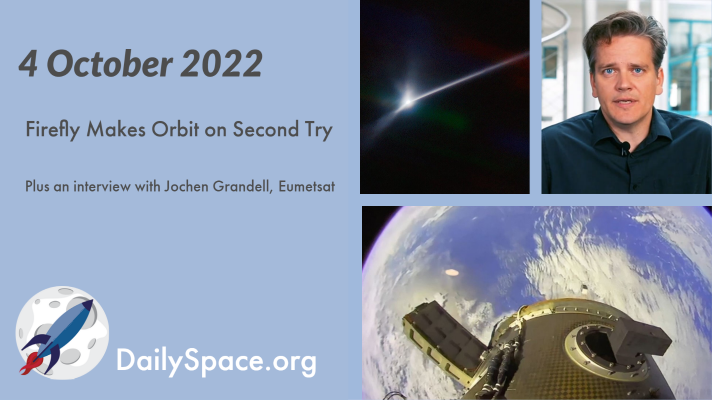
Oct 5, 2022 | Asteroids, Conferences, Daily Space, DART, Earth, Europa, Galaxies, Guest Interview, ISRO, Jupiter, Rockets, Spacecraft
Early Saturday morning, another company entered the exclusive club of successful orbital launchers, Firefly Aerospace, when their second attempt to reach orbit, named To The Black, lifted off on October 1. Plus, a crater in Spain, a new DART image, Juno flies by Europa, and an interview with Jochen Grandell regarding the Meteosat program.
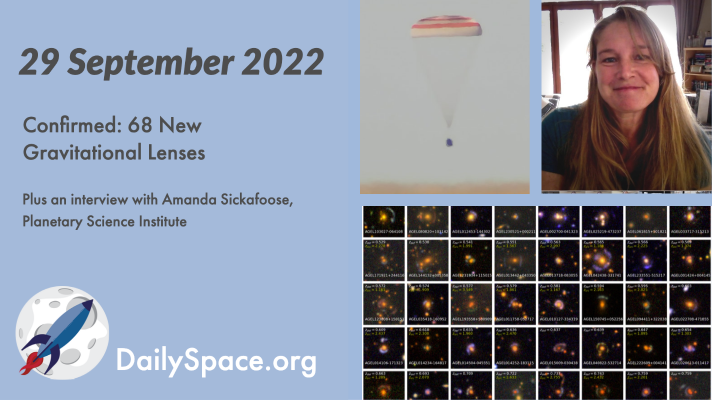
Sep 30, 2022 | Asteroids, Cosmology, Crewed Space, Daily Space, Earth, Guest Interview, Moon, ROSCOSMOS, Soyuz, Space China, Spacecraft, Stars
Using a machine learning algorithm, scientists have confirmed 68 out of 77 potential gravitational lens candidates from a subset of over 5,000 possibilities. Plus, generation one stars, astronauts coming home, dating craters on Earth, lunar glass, and an interview with Amanda Sickafoose regarding the DART mission.
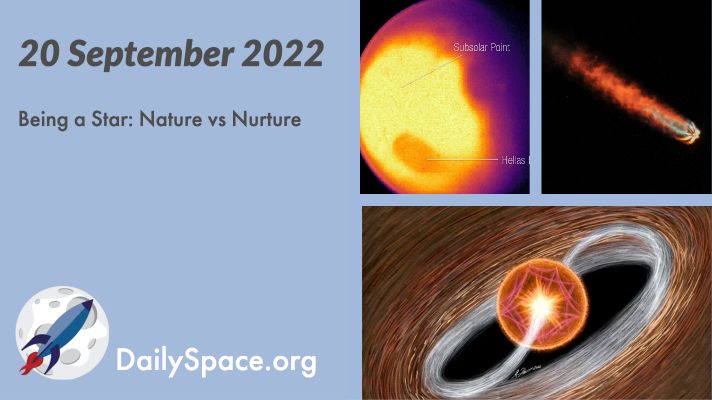
Sep 21, 2022 | Active Galaxies, Daily Space, Earth, Enceladus, ESA, Globular Cluster, Jupiter, JWST, Mars, Moon, Rockets, Saturn, Sky Watching, Spacecraft, SpaceX, Starlink, Stars, The Sun
Asteroseismologists are combining data from TESS, Kepler, and eventually, JWST to study stellar oscillations in ‘infant’ stars, with the goal of creating new models for how such young stars form and evolve over time. Plus, JWST images Mars, Hubble images stars, and SpaceX manages to launch another Starlink mission in spite of weather delays.
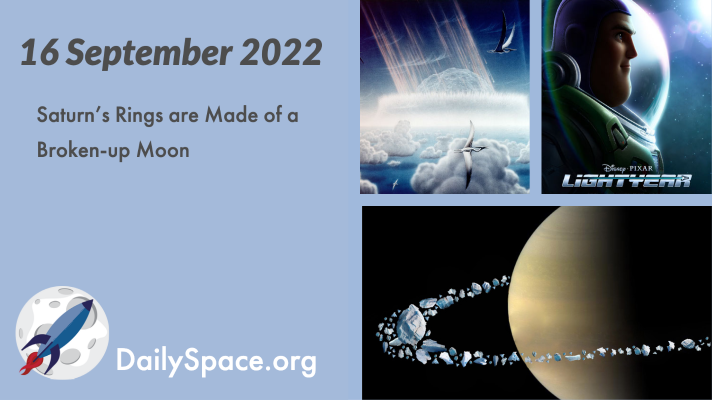
Sep 17, 2022 | Astrobiology, Daily Space, Earth, Mars, Mars 2020, Perseverance, Review, Rocket Lab, Rockets, Saturn, Spacecraft, Volcanoes
Using computer simulations, researchers have pieced together a possible scenario where Titan caused another of Saturn’s moons to break up and become the beautiful ring system we see today. Plus, organic molecules on Mars, the death of the dinosaurs, and a review of Lightyear on Disney+.
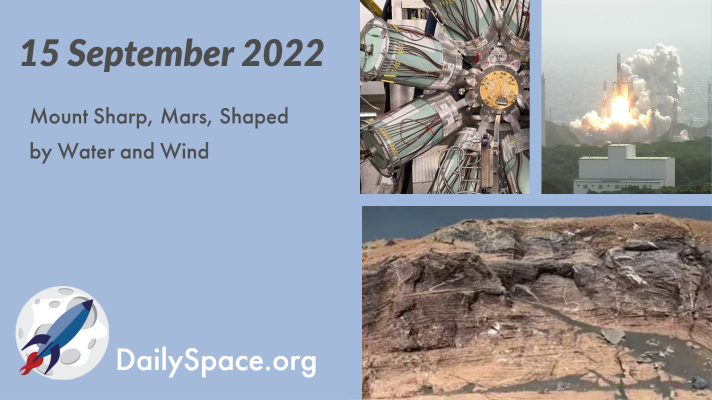
Sep 16, 2022 | Climate Change, Cosmology, Curiosity, Daily Space, Earth, Exoplanets, JAXA, Mars, Moon, Physics, Quantum, Rockets, Space China, Space History, Spacecraft, Supernovae, White Dwarfs
Data and images from NASA’s Curiosity rover found evidence that wind played a key role in erosional processes on the red planet, despite the lower atmospheric volume. Plus, astrophysics and cosmology news, a baby exoplanet, and this week in space history, we look back at an uncrewed lunar mission from Japan.








 We record most shows live, on Twitch. Follow us today to get alerts when we go live.
We record most shows live, on Twitch. Follow us today to get alerts when we go live.